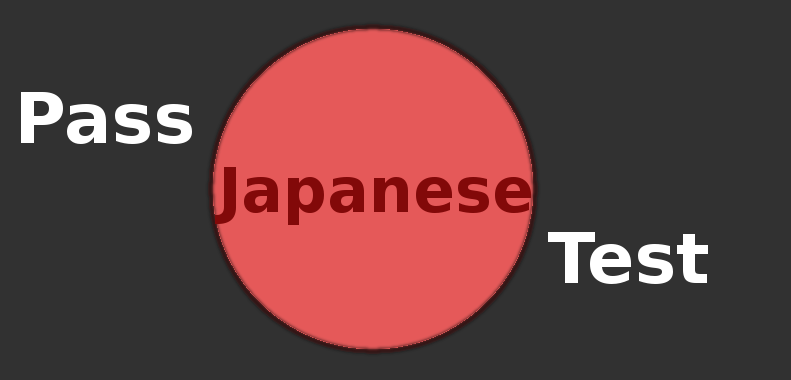One of the challenges when starting Japanese is learning verb conjugation. How do I make a verb negative or past tense? A quick search of wikipedia produces a page with over ten large tables which are intimidating and not well explained. When studying for the JLPT, you already need to memorize hundreds of words, kanji, and grammar patterns. So, large conjugation tables......no thank you. Instead I summarize verb conjugation into a set of quick and easy rules plus
one medium sized table. This requires significantly less memorization. As with all rules (as well as large conjugation tables) there are exceptions. I try to list the ones I can think of, but there are more, especially at the higher levels. The following rules build on one another so I recommend you learn them in order. A note for Japanese linguists: These rules are meant to help Japanese learners (especially at the N5 level). They are not linguistically correct.
Prerequisite: Japanese Alphabet Rows
The following table is one that Japanese learners probably already know: the Japanese alphabet in hiragana. (I wrote it in western style, from left to right rather than the traditional Japanese style that would go from right to left.)…
